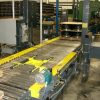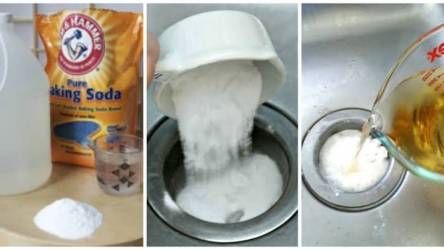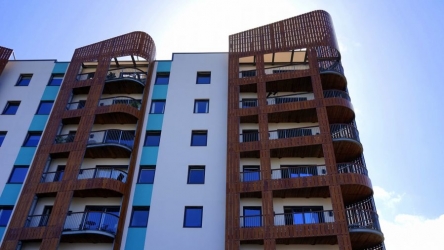
In this day where power usage has increased on a large scale, we are forced to look at power saving schemes and find alternatives. Heating and cooling are both essential to survive. We can’t build a fire and lay around it, hence a heating system. But maintaining all these systems and using them can add a zero or two on your electricity bills.
To help ourselves a little financially and practically, there comes in the idea of insulation. Basically insulation creates a barrier against heat loss or heat gain for the roofs, ceilings, walls and floors. Not only is it practical, it is cost effective too. Its helps keep the house cooler in the summers and warmer in the winters and you can save up to 40% in heating and cooling bills. Insulating can also help reduce mould, damp and condensation. It also prevents the heating or cooling from leaking out of the house.

Insulation helps:
- Save on electricity bills
- Reduce energy usage
- Reduce reliance on heating and cooling systems
- Make a better living condition at home
When insulating, there are a few things that need to paid attention to. Insulation should meet the relevant building code of your country, it should also meet the minimum requirements for R-Values i.e. the ability that prevents leakage of heat and care around electrical wires and appliances.
The aerolite insulation installers are required to have a license in some states. This requirement is a must to be complied with. So before you start working on insulating your house, consult any building bodies or territory government.
Types of Insulation
There is wide range of products to choose from. Before making a decision on what type of insulation is right for your house, seek advice from a qualified and licensed installer and ask their professional opinion.
There are two main types of insulation:
- Bulk Insulation- it acts as a barrier between your home and the outside temperature. In the summer, it keeps the heat out of the house and in the winter, it keeps the heat in your house. This is more suitable for places with lower temperatures. The materials used are aerolite insulation, polyester, natural wood or recycled paper.
- Reflective insulation- this kind of insulation is an aluminium foil laminated onto paper or plastic. It is more suitable for higher temperatures since it is more efficient in keeping the heat out of the house during summers.
As we have seen above, the kind of insulation to choose from largely depends on the weather conditions in your locale. It also depends on the purpose of insulation i.e. to keep heat in or out. The level of insulation required also depends on the climate in your zone. Some insulation products come with combined features of the two types of insulation. There are multiple factors to consider before you insulate with aerolite insulation, for example your home design and the material etc.
R-values
R-value is the ability of insulation in accordance with the prevention of heat leaking in and out. Products with the same R-value will provide the same output. In case the insulation is improperly installed, it will fail to provide its purpose best. Leaving gaps between the sheets or batts can be considered improper. A qualified installer will do the job best.







